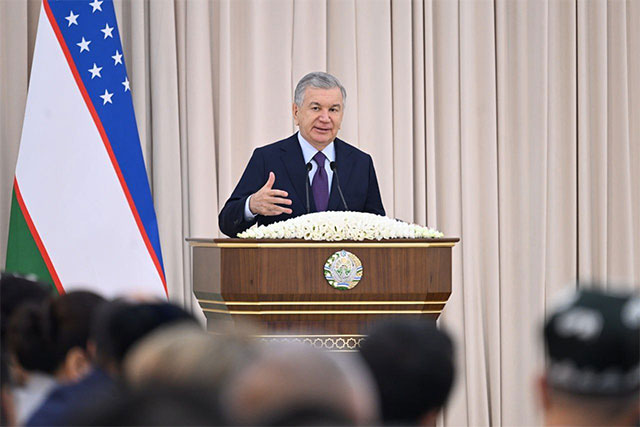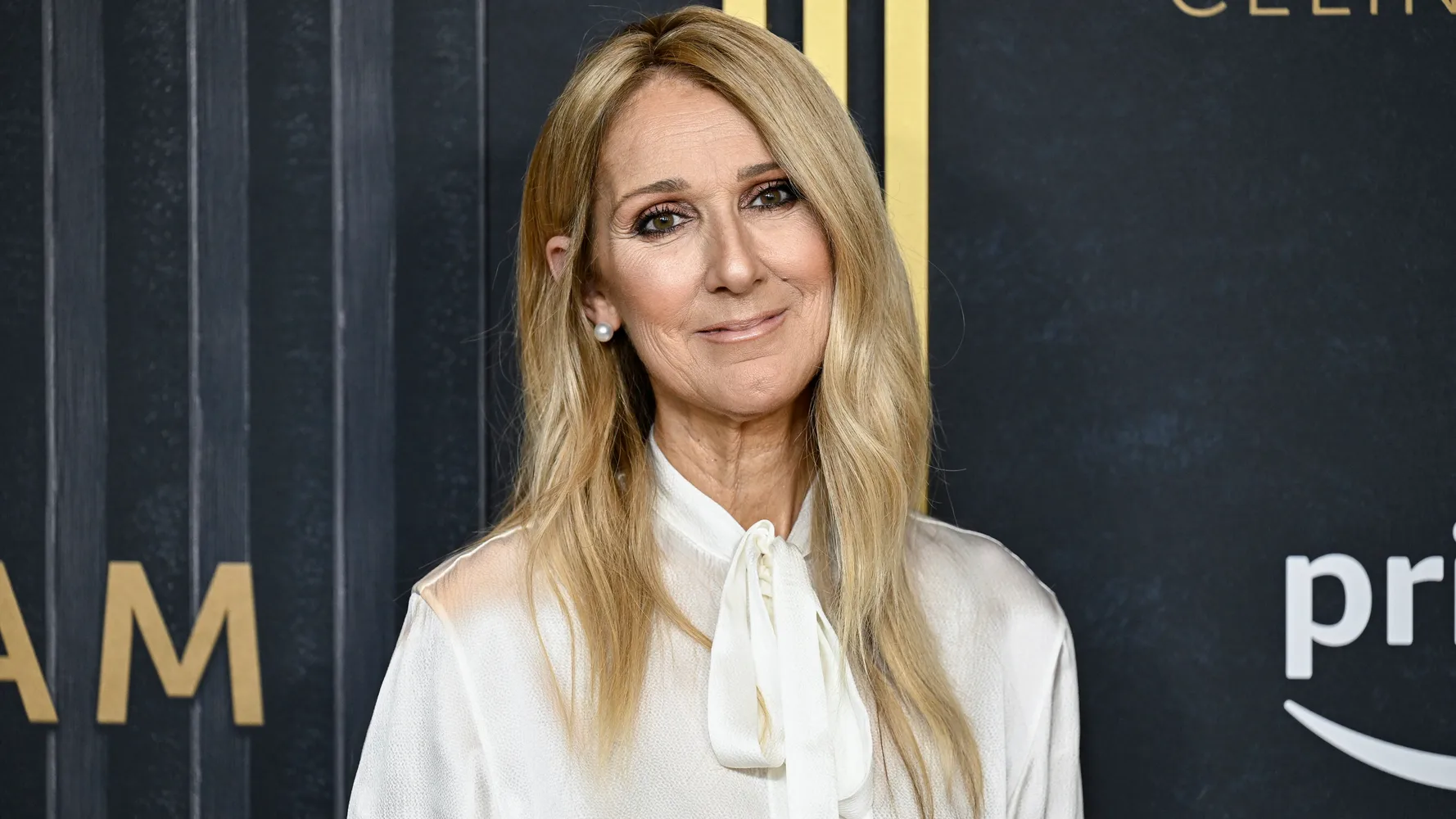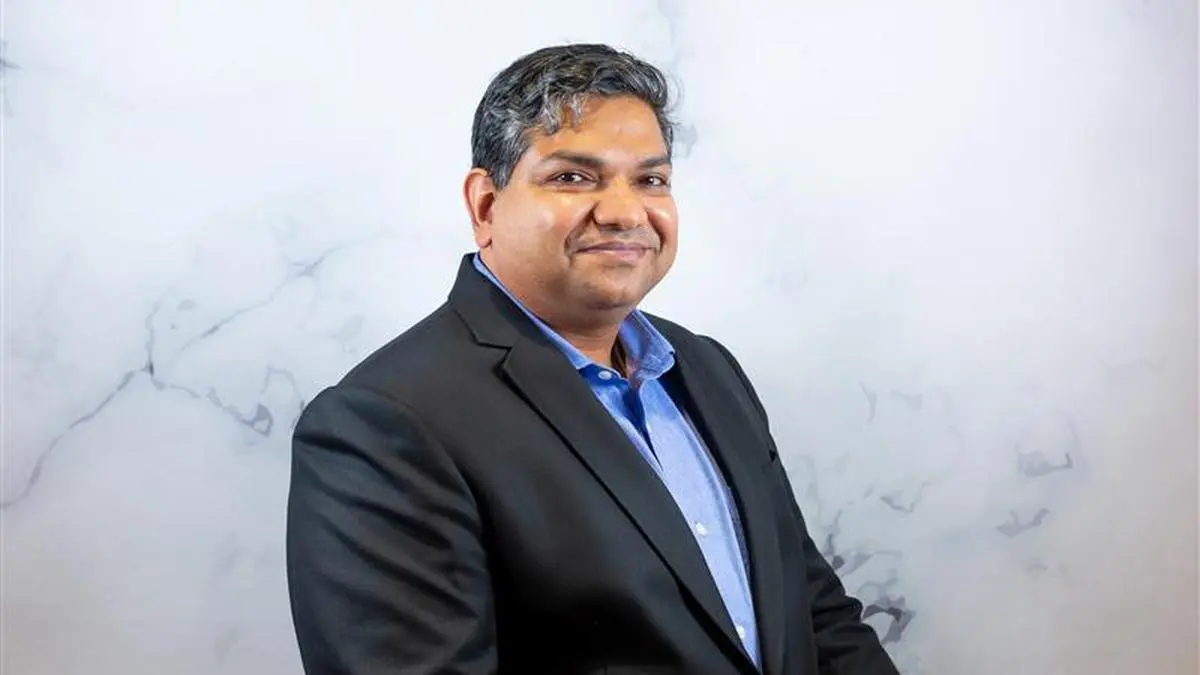By Uzdaily.uz
Copyright uzdaily

Tashkent, Uzbekistan (UzDaily.com) — On 16 September, President of Uzbekistan Shavkat Mirziyoyev held a meeting in Uychi district dedicated to the socio-economic development of Namangan region.
The head of state noted that in recent years the region has achieved significant results, reflected in economic growth and improved living standards. Over the past eight years, about US$7 billion in foreign investment has been attracted, nearly 8,000 new enterprises have been established, and the range of export products has doubled to more than one thousand items. Today, 82% of the working-age population is engaged in small business and entrepreneurship, and the average real per capita income has tripled.
The meeting focused on ways to maintain growth rates and enhance efficiency. By the end of the year, the plan is to attract US$4.2 billion in investments, increase exports to US$1 billion, ensure employment for more than 320,000 people, and lift 26,000 families out of poverty.
Special attention was given to the improvement of mahallas. In this regard, the president proposed launching the “Place of Development and Leadership” program, which will cover districts in the Fergana, Samarkand, and Tashkent regions, as well as 328 of the country’s most disadvantaged mahallas.
It was noted that poverty in Namangan has decreased 2.5 times in a short period, and due to the growth of entrepreneurship and wages, 62,000 migrants have returned to the region over the past two years. The Reform Headquarters was instructed to prepare a master plan for the development of the region’s scenic areas. Implementation of these projects is expected to create up to 50,000 new jobs and income sources next year. Along 40 kilometers of rivers and canals in five districts, 650 service facilities will be built, providing employment for an additional 10,000 people.
One-third of the region’s industry and half of its exports come from the textile sector. Namangan entrepreneurs are national leaders in cooperation with international brands. Next month, a special project office will open in the region to expand investment in this area. The number of enterprises with international certification is planned to reach 50. By the end of the year, trade houses of at least 1,000 square meters will open in Warsaw and London. Textile exports from the region are expected to reach US$500 million this year, and over the next two years 25 large projects totaling US$1 billion will be launched.
The region’s tourism potential is also actively developing. Since the beginning of the year, Namangan has been visited by 1.2 million foreign and 2 million domestic tourists, generating revenues of more than US$200 million. However, the potential of Chartak district remains underutilized, with a lack of basic services and cultural and entertainment facilities. The president instructed to turn Chartak into a year-round tourist hub, allocating US$50 million for its infrastructure development. This year, with the support of the World Bank, Furkat Park will be reconstructed and almost doubled in size, and 11 kilometers of pedestrian and bicycle paths will be built along the Chartaksay River.
As part of the comprehensive development program, 7 kilometers of the banks of the Chartaksay and the Great Namangan Canal will be reinforced with concrete, and 30 hectares of new land will be allocated for health and wellness facilities. A tourist complex with hotels and recreation zones will be developed around the Chartak reservoir. In Pap district, a tourist center covering 1,200 hectares around Lake Arashan will be created, designed to host up to 1 million visitors annually. To train specialists for the sector, Namangan State University, in cooperation with Krems University (Austria), will open a new faculty.
Mirziyoyev also addressed infrastructure development. A new 480-meter bridge across the Naryn River is being built at a cost of 63 billion soums, while the old bridge across the Karadarya, linking Namangan and Andijan regions, is being reconstructed, with its capacity set to double upon completion. Reconstruction has also begun on the 75-kilometer Pungan–Namangan highway, which will be expanded to four lanes with a concrete surface. The project costs US$246 million.
Water supply remains a problem: 30 mahallas are not connected to the central system, and 21% of the networks require repair. A total of 800 billion soums has been allocated to improve water infrastructure. By the end of the year, 130 kilometers of water and sewage networks and 11 hydraulic facilities are expected to be completed. The Kurashkhona water intake facility, which supplies Namangan with drinking water, will be reconstructed with the support of the European Bank for Reconstruction and Development.
The president also emphasized the importance of social development. Given the rapid population growth and the prospect of Namangan becoming a million-plus city, particular attention is being paid to expanding preschool education. This year, 5,000 new places in kindergartens will be created, with another 15,000 planned for next year. International standards and dual training systems are being introduced in 49 vocational colleges across the region.
In the past three months, nearly 3,000 people in need have received care services under the “Step to an Active Life” program, which has created 350 jobs. The president instructed the National Social Protection Agency to introduce similar services for people with dementia and Parkinson’s disease.
“Today we have defined new goals for the development of cities and districts and for improving living conditions. If we act together, we can achieve even greater results. With the initiative and hard work of the people of Namangan, we will transform the region into one of the most prosperous and well-developed in the country,” Mirziyoyev stated.
The meeting concluded with reports from regional and sectoral leaders and an exchange of views with entrepreneurs and community representatives.



